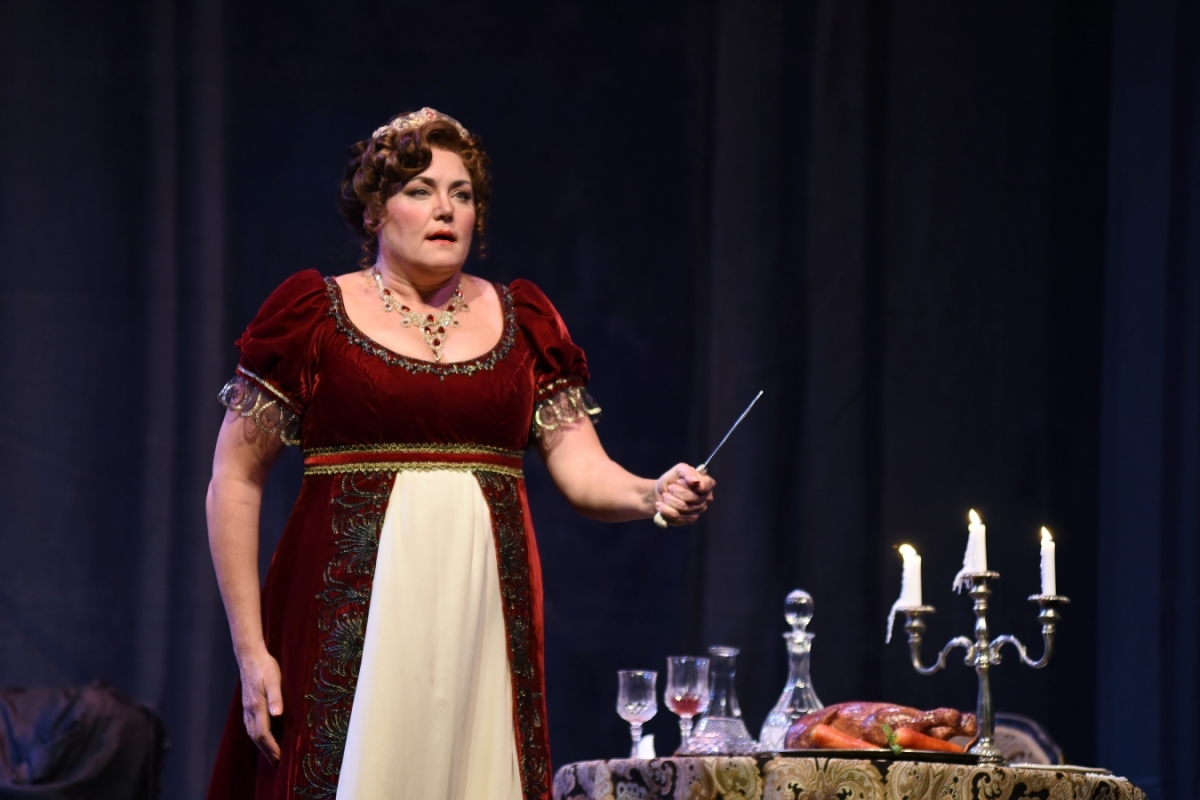

In her version, which takes the form of Scarpia’s diary, the policeman goes to hear Tosca at the opera house, spies on the diva through a window while she is making love with Cavaradossi, and, in short, becomes completely obsessed by the singer.

Scarpia, likewise: And under triple lock, to prevent your escape.Īs if taking a cue from this dangerously suggestive encounter, the writer Paola Capriolo, in her novel Vissi d’Amore created a fantasy trope on the opera. Scarpia: It would be such a pleasure to have you for a prisoner. In that scene, Scarpia notes that Tosca is wearing a bracelet of diamonds, rubies and sapphires, which together constitute a sort of French “tricolor” (an illegal symbol) and laughingly states that he could arrest her for wearing it: My god, what a woman!ÖWhen shall I see you again, my Sarah? I tremble, I grow mad!, I love you!” The American author Willa Cather, after seeing Bernhardt in the play in Omaha (!) wrote: “Art is Bernhardt’s dissipation, a sort of Bacchic orgy.” Even Puccini himself succumbed to the opera’s sex appeal and kept for himself a pornographic version of a line of text in a sketch for Tosca’s phrase, “Oh, come la sai bene / l’arte di farti amare!” (Oh, how well you know the art of making yourself loved!): one expletive-deleted rendering of his private lyric might read, “Oh, how well you know the art of getting in my pants!”Īlthough the Tosca of the opera is properly horrified at Scarpia’s suggestion that she trade her virtue for Cavaradossi’s life, in the original play, Floria jokes flirtatiously with the policeman when they meet at a court fÍte – an interchange that can be seen both as an ironic foreshadowing of what is to come, and also as a playful version of deeper, more serious sexual fantasies. The writer Pierre Louˇs, after seeing the first production of La Tosca with Bernhardt, gushed, “Ah, Sarah! Sarah! Sarah is grace, youth, divinity! I am beside myself. This type of turnabout is strong stuff, and Tosca – custom-made for Bernhardtís provocative powers – provoked primal emotions in many members of the “premiere” audiences. The shocking aspects of Tosca ‘s plot do more than simply surprise, however the story plumbs profound currents of sex, power and violence After all, when Tosca stabs her would-be rapist, she penetrates him instead, turning the tables on her aggressor and reclaiming control (she thinks) of the situation. As remarkable as her comments seemed at the time, since Tosca has hardly left the stage in the hundred years since its premiere, it later dawned on me that the first audiences of Sardou’s play La Tosca (which opened in 1887, starring its dedicatÈe Sarah Bernhardt) and Puccini’s opera, were probably just as dumbfounded.


 0 kommentar(er)
0 kommentar(er)
